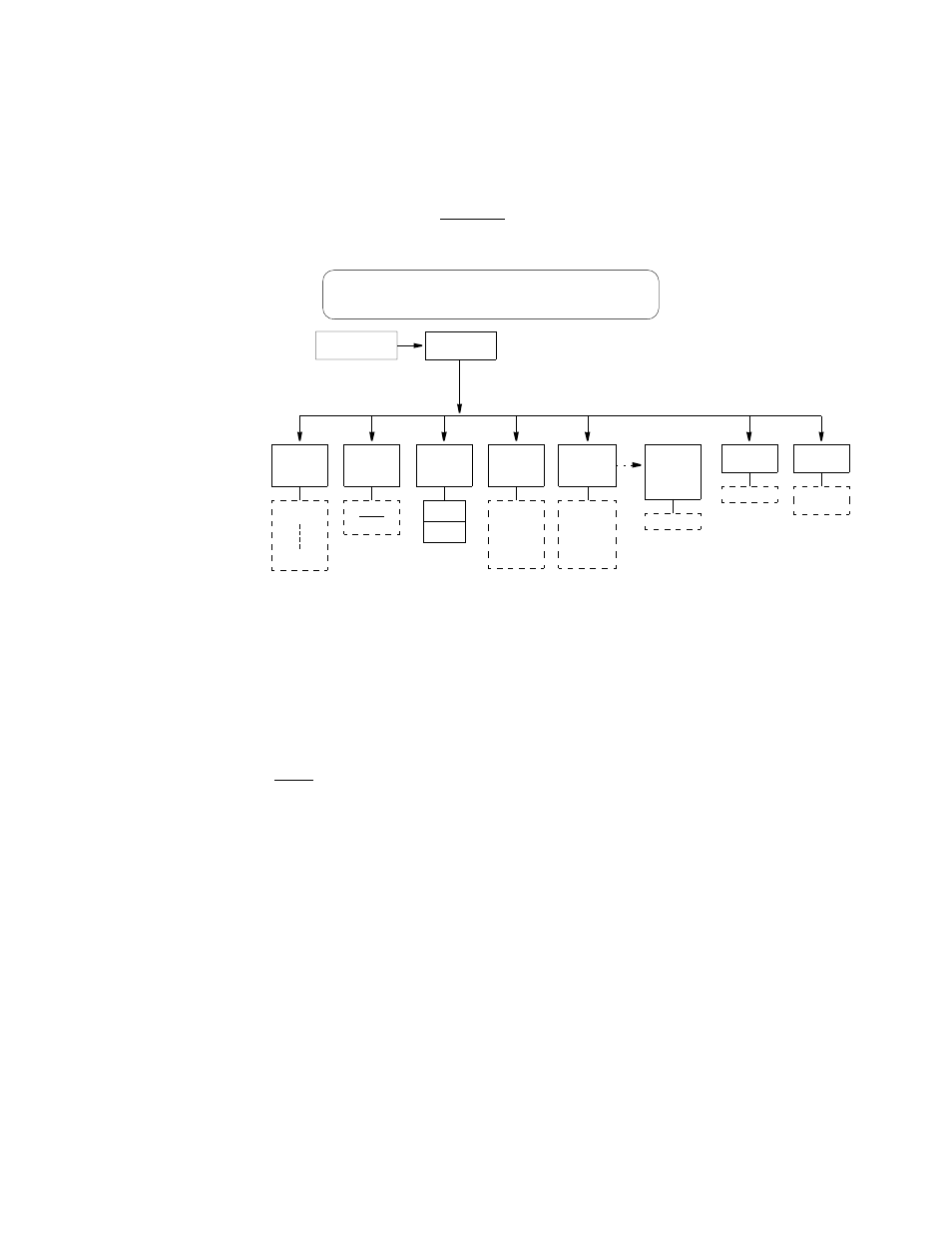Voiceport configuration, Mode, State – Verilink PRISM 3030 (34-00208.L) Product Manual User Manual
Page 42: Modify name, Signalling, Voice port configuration, Ds0 mode state modify name signalling

32
C
HAPTER
3: O
PERATION
Voice Port
Configuration
The Voice Port Configuration display (Figure 3-14) allows the assignment of voice
DS0s to network channels. Only the voice ports with the Mode parameter set to
Active are connected to the selected network channel. Each voice port module has
6 voice circuits, each of which is independently assignable to a selected network
channel. For a detailed description of voice port operation, refer to Appendix B.
Defaults are shown underlined.
DS0
Assigns the voice port to a network channel. The choices are Ch. 1 through Ch. 12.
Mode
Selects whether the voice port is actively assigned to a network channel (Active) or
is not used. When set to Spare, the other voice port parameters are ignored and the
port is inactive. The port must be set to the Spare mode before it can be assigned
to another channel. On E&M application modules, select Active4w, Active2w, or
Spare.
State
Displays the voice port status as either in the Busy or Idle state.
Modify
Name
Can be used to provide up to 20 characters of text for identifying the voice circuit
name and number. Use the same procedures described for passwords.
Signalling
Selects the supervisory operation of the voice port. The choices are as follows.
FXS
FXS/LS:
Foreign Exchange Station / Loop Start
FXS/GS:
Foreign Exchange Station / Ground Start
UVG:
Universal Voice Grade
MEG/LS: MEGACOM /Loop
Start
✍
Voice Port Configuration
Mode ---- Active
<
Figure 3-14 Voice Port Configuration Screen and Menu
Ch. 1
Ch. 12
DS0
Idle
Busy
Specific to
each voice
module
(FXO, FXS,
E&M)
Signalling
Spare
Active
Mode
State
User
defined
text string
entered in
this field
Modify
Name
0 dB to
−
11 dB
Rx Gain
0 dB
Tx Gain
Port A– F
Slots 2 and 3
1 to 5
DNIS+
Delay
Seconds
